Ancient sites across the Americas hold puzzles that archaeologists are still working to decode, from vanished cities to earthworks aligned with the sky. These places preserve engineering feats, ritual landscapes, and urban experiments that raise more questions than answers. Below are fifteen enduring mysteries—what they were for, how they were built, and why their makers walked away—that continue to shape research and debate today.
Teotihuacan’s Lost Rulers
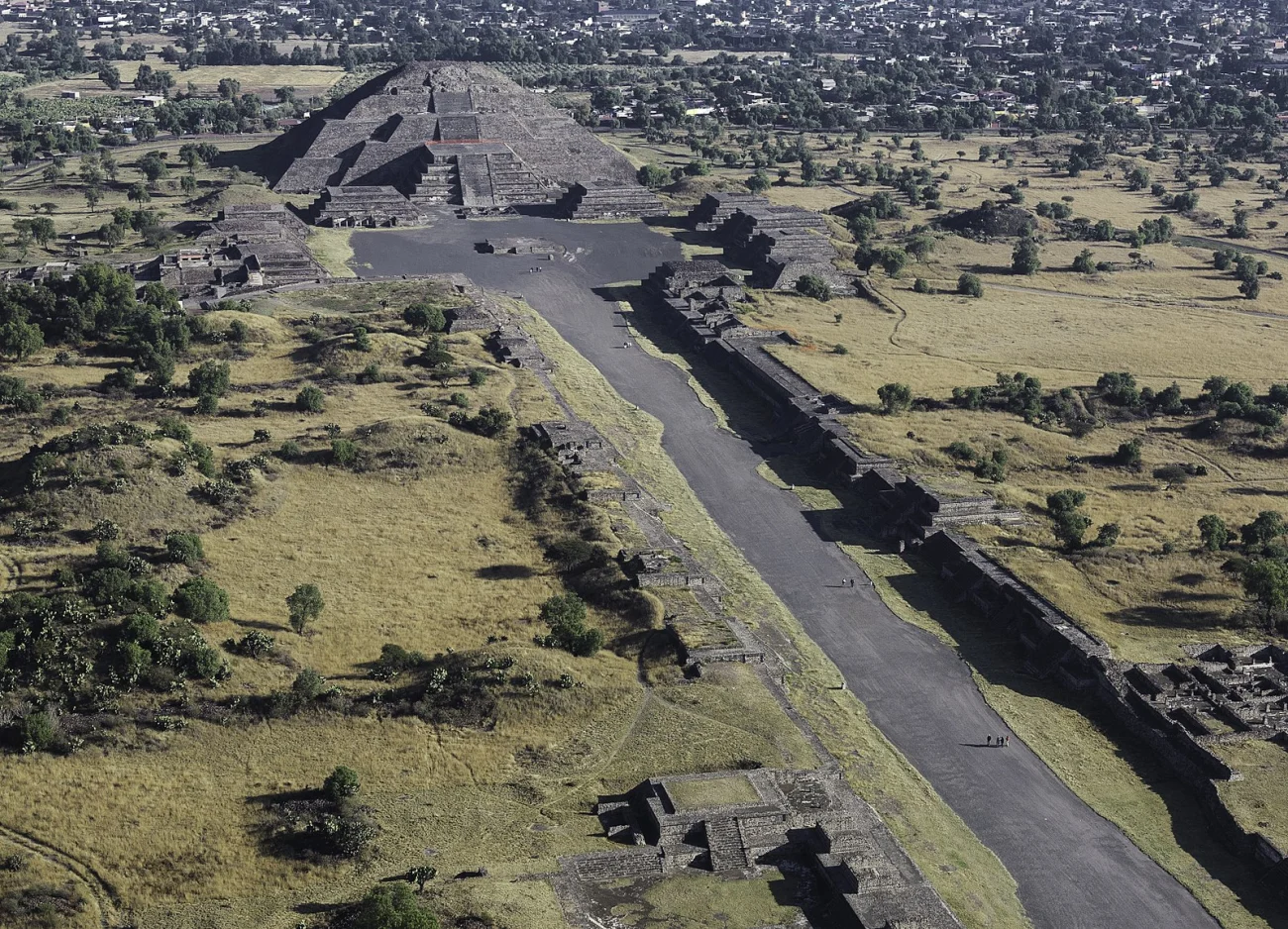 Ricardo David Sánchez (Wikimedia Commons)
Ricardo David Sánchez (Wikimedia Commons)Teotihuacan in central Mexico grew into one of the world’s largest cities, yet no royal tombs or named kings have been securely identified. The city’s grid, pyramids, and multiethnic neighborhoods point to powerful governance, but its leadership structure remains unclear. Around the 6th century CE, fire damage and political upheaval spread through elite compounds, and by the 7th century the city was in decline with no definitive cause agreed upon.
Nazca Lines of Peru
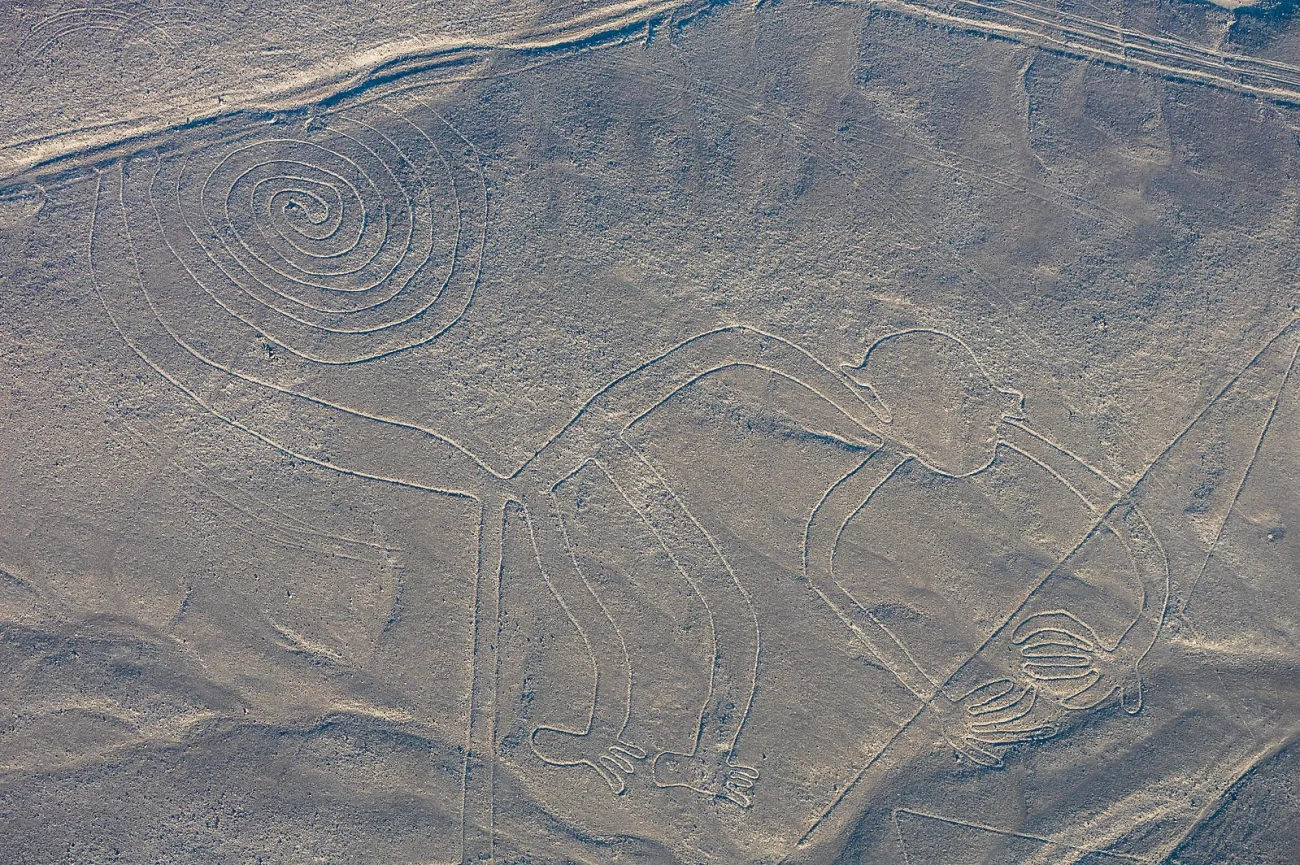 Diego Delso (Wikimedia Commons)
Diego Delso (Wikimedia Commons)The Nazca Desert hosts vast geoglyphs—animals, plants, and geometric forms—etched by removing dark stones to reveal pale soil beneath. Researchers have tied some lines to ritual processions and water-related ceremonies, while others may align with solstices or horizon markers. Their full social function, how they were coordinated across hundreds of square kilometers, and why certain motifs were chosen remain unsettled questions.
Cahokia’s Sudden Decline
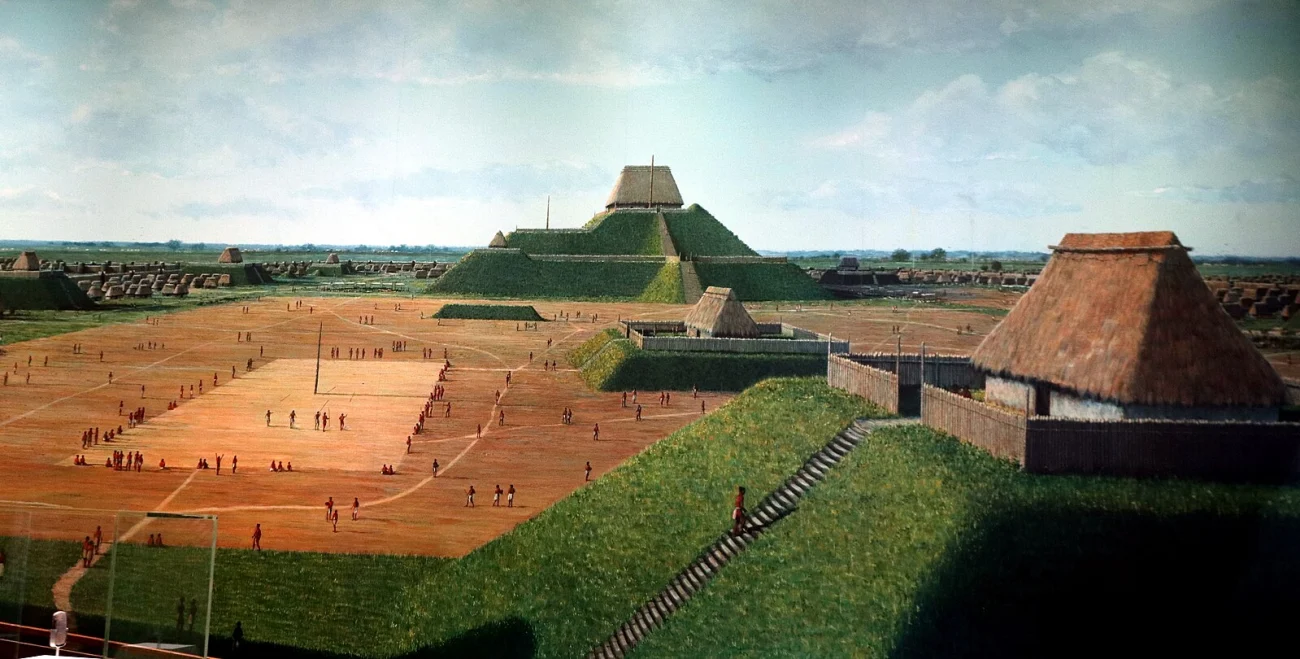 Thank You (24 Millions ) views (Wikimedia Commons)
Thank You (24 Millions ) views (Wikimedia Commons)Cahokia, near present-day St. Louis, anchored the largest pre-Columbian urban center north of Mexico, with Monks Mound rising over 30 meters. Evidence shows complex planning, woodhenges for calendrical observations, and extensive trade networks. The settlement declined rapidly after the 13th century, with hypotheses ranging from environmental stress and political fragmentation to flooding—none singly decisive.
Chaco Canyon’s Roads and Great Houses
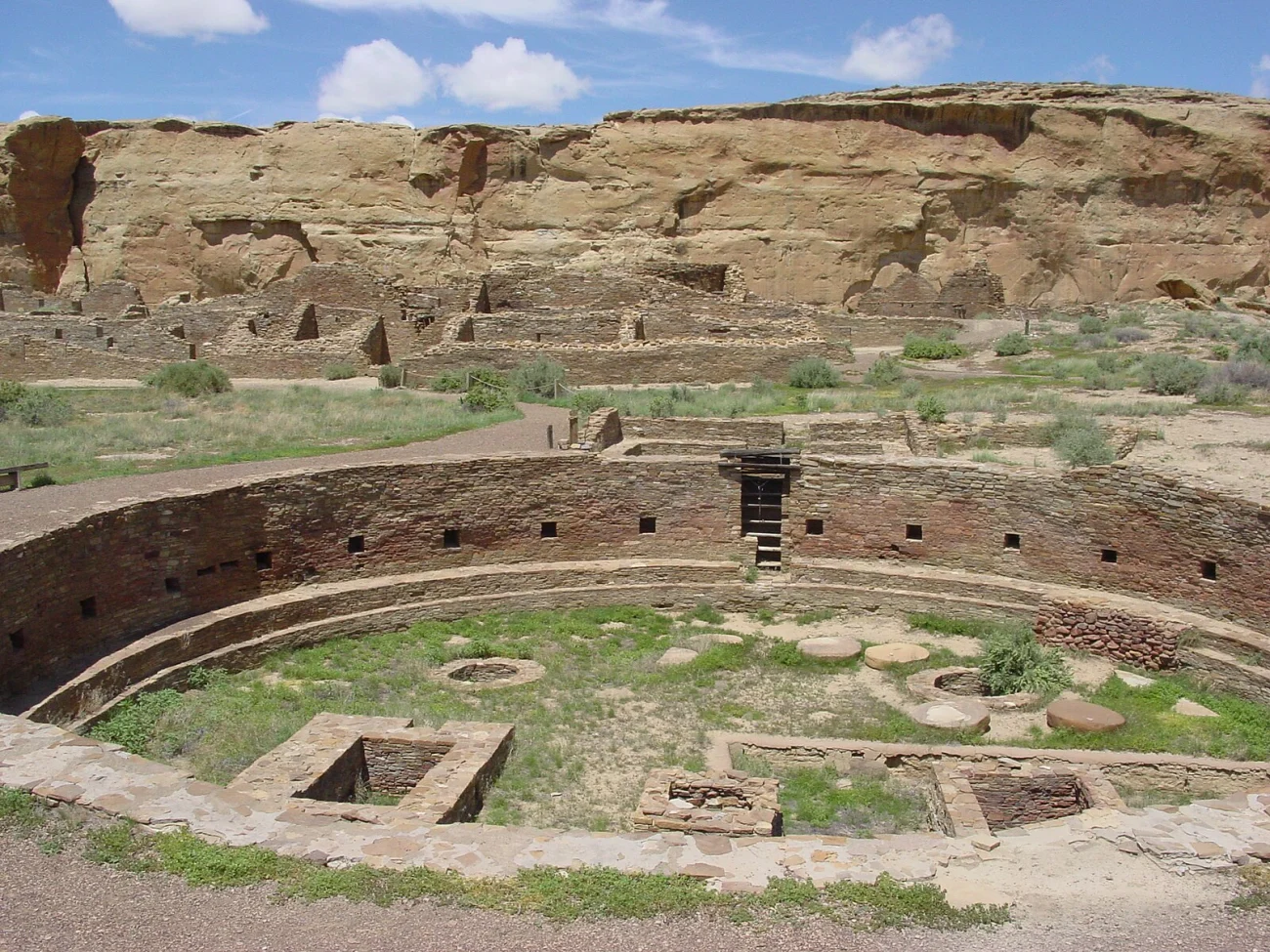 National Park Service (Wikimedia Commons)
National Park Service (Wikimedia Commons)In New Mexico’s San Juan Basin, Chacoan great houses rise with core-and-veneer masonry, elaborate kivas, and precise orientations. Hundreds of kilometers of engineered roads radiate from the canyon, some cutting straight across terrain without obvious practical purpose. Whether these corridors served pilgrimage, political integration, or ceremonial processions is still debated.
Great Serpent Mound, Ohio
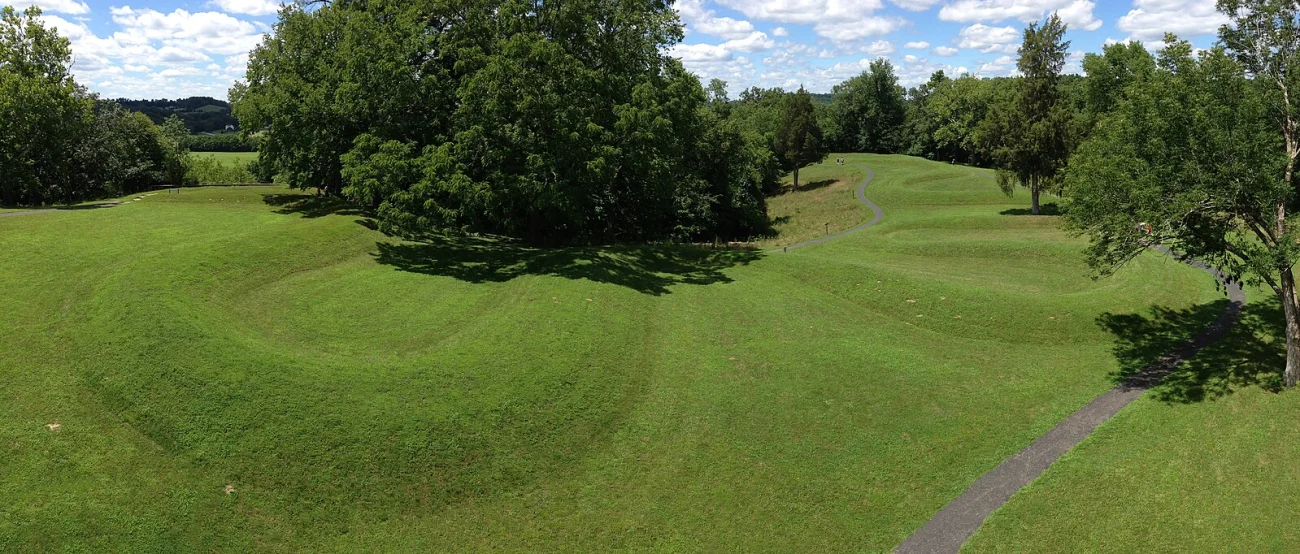 Eric Ewing (Wikimedia Commons)
Eric Ewing (Wikimedia Commons)This effigy earthwork undulates for more than 400 meters, forming a serpent with a coiled tail and an oval feature near its head. Radiocarbon dates suggest major construction in the Late Precontact period, while earlier Adena-era burials nearby complicate its cultural attribution. Proposed alignments to solstices and lunar standstills are intriguing, but its exact builders and primary meaning remain uncertain.
Olmec Colossal Heads
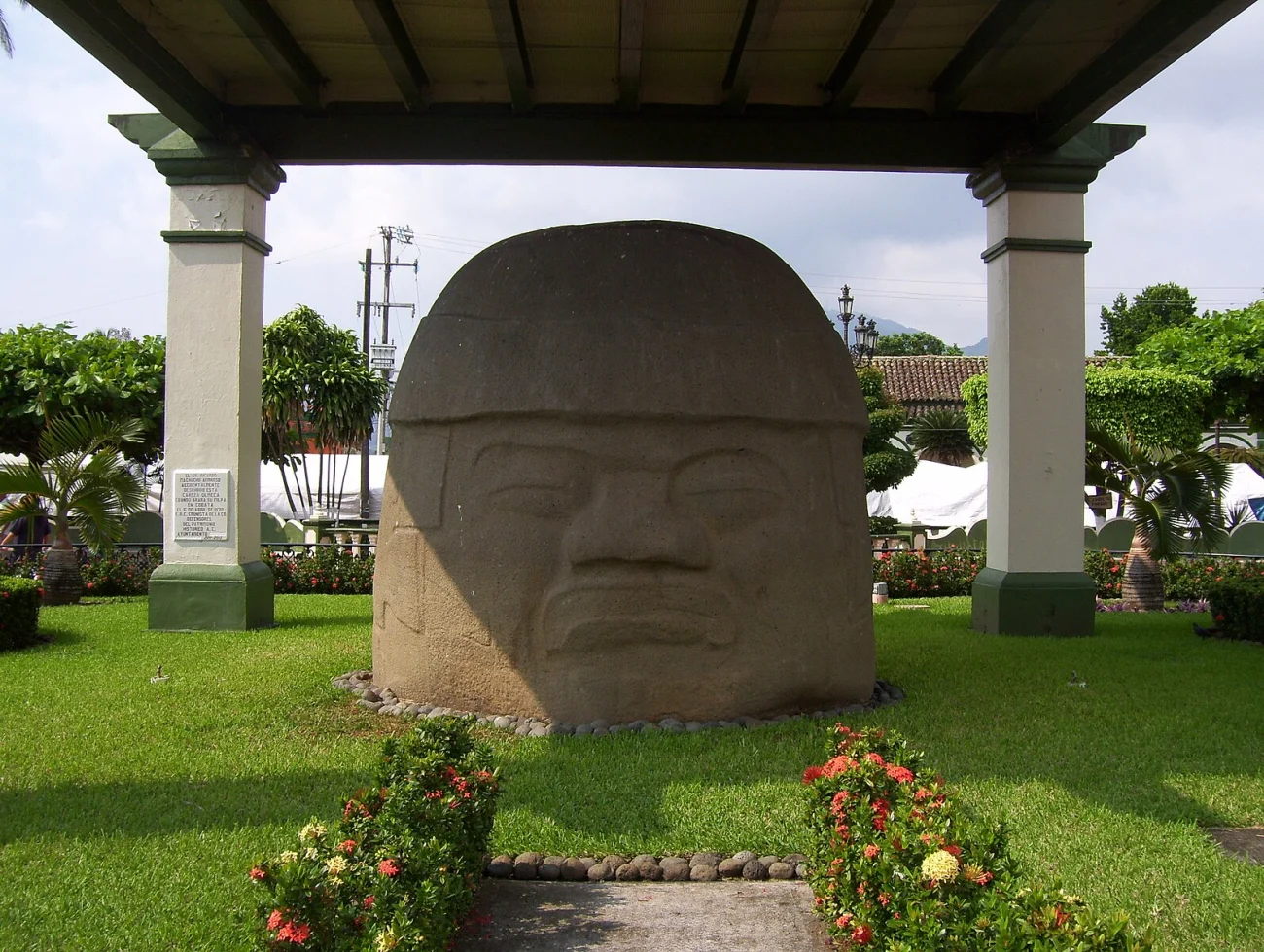 Gunnar Wolf (Wikimedia Commons)
Gunnar Wolf (Wikimedia Commons)Along Mexico’s Gulf Coast, the Olmec carved basalt heads up to 3 meters tall, transported from distant quarries. Distinct facial features and headdresses imply individual identities, possibly rulers or ballgame figures, yet no inscriptions name them. The logistics of quarrying, moving, and erecting these monuments—along with their original placement and political context—are only partially understood.
Tiwanaku’s Stonework at Puma Punku
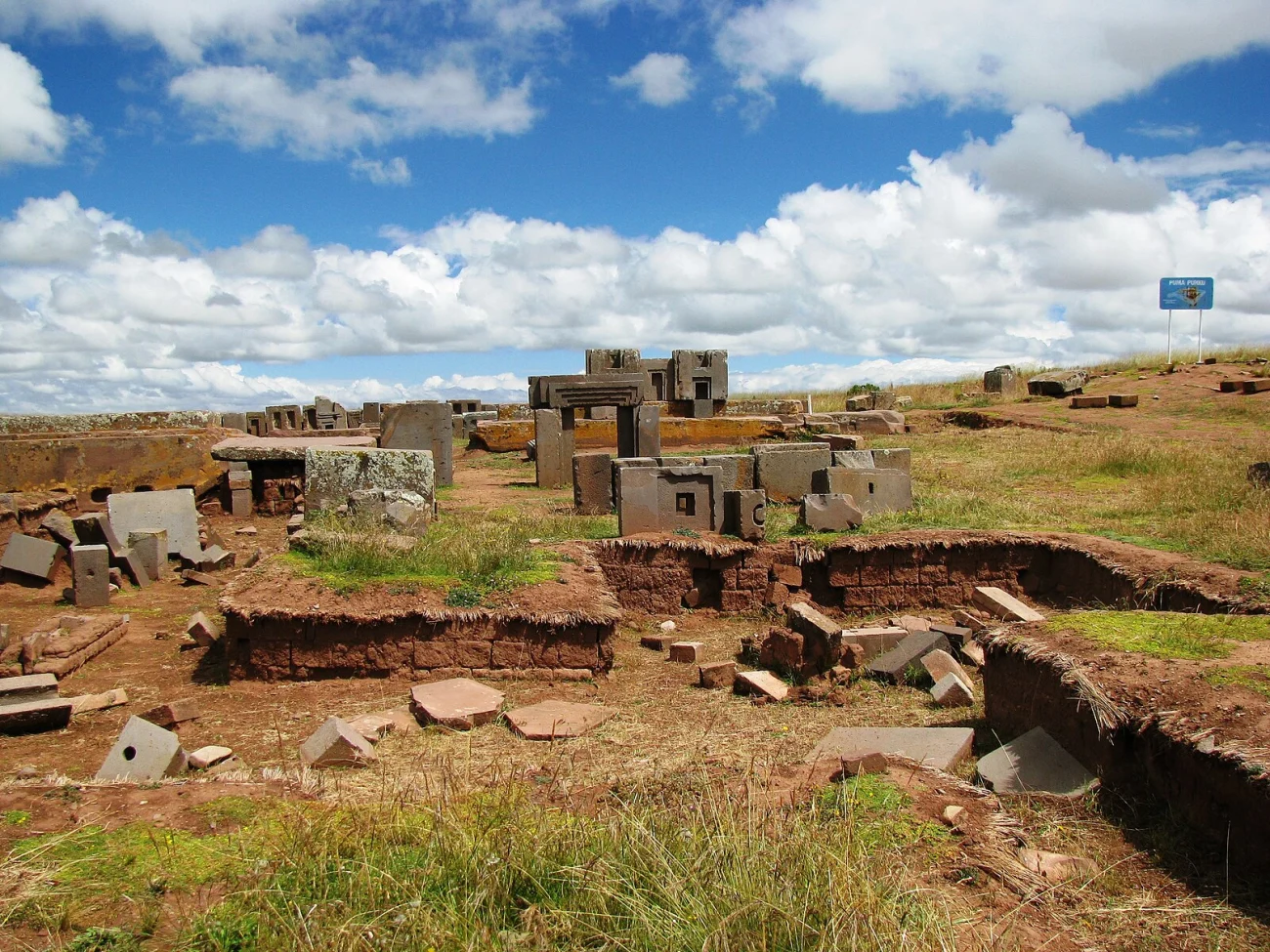 Brattarb (Wikimedia Commons)
Brattarb (Wikimedia Commons)On Bolivia’s Altiplano, Tiwanaku and the nearby Puma Punku complex showcase finely cut andesite and sandstone blocks with precision joinery. Modular elements, right angles, and interlocking features hint at standardized production and advanced planning. The specific tools, construction sequence, and intended architectural forms remain subjects of investigation, as does the polity’s rapid 11th–12th century decline.
Machu Picchu’s Primary Purpose
 Draceane (Wikimedia Commons)
Draceane (Wikimedia Commons)Perched above the Urubamba River, Machu Picchu integrates terraces, ritual fountains, and finely crafted residences. Many scholars view it as an Inca royal estate with astronomical features tied to seasonal cycles, while others emphasize its ritual geography linking sacred peaks. Spanish records are sparse, so its exact administrative role and the identities of many residents are still being reconstructed from archaeology.
Caral-Supe’s Monumental Beginnings
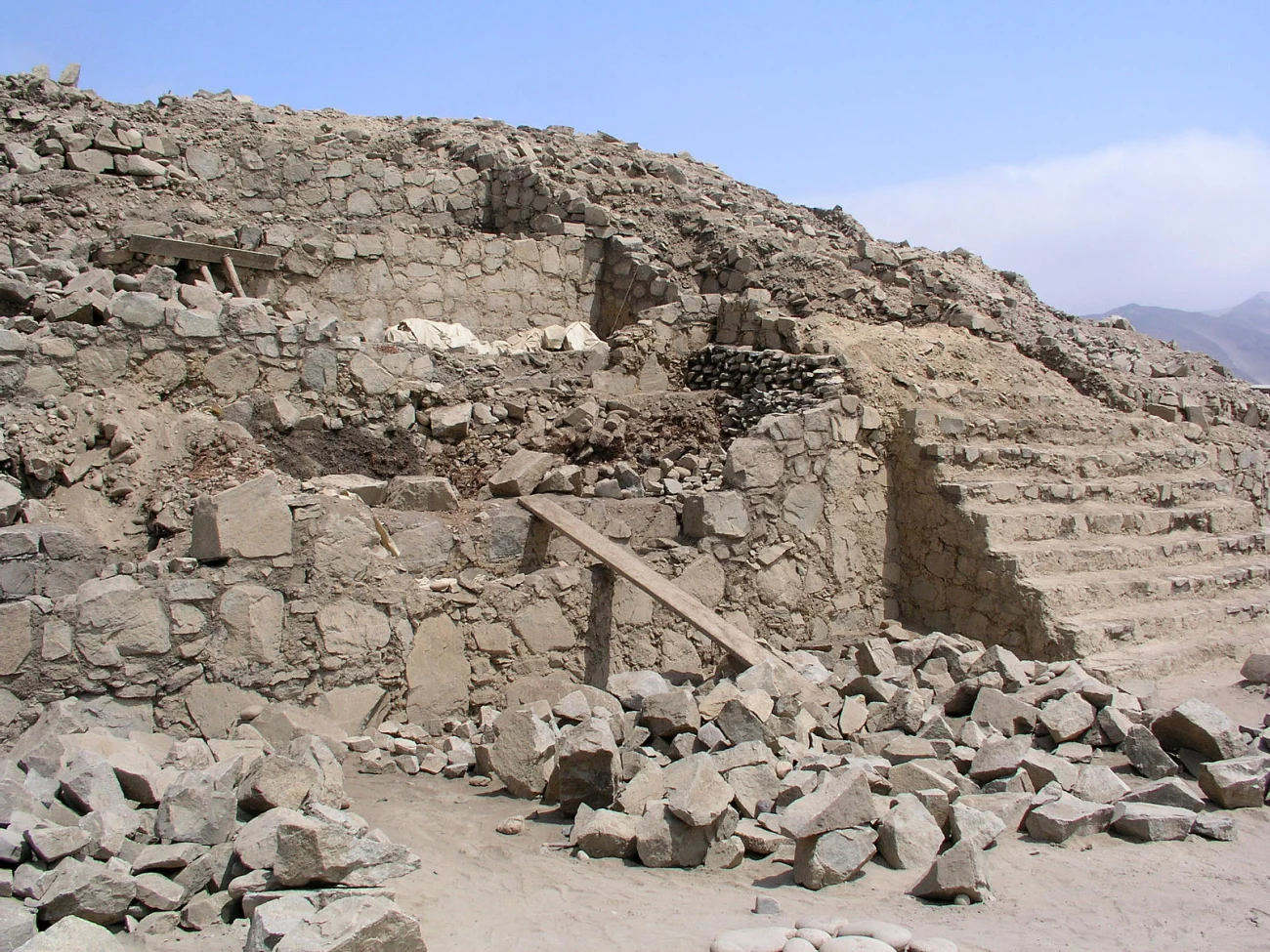 Håkan Svensson Xauxa (Wikimedia Commons)
Håkan Svensson Xauxa (Wikimedia Commons)In Peru’s Supe Valley, Caral and neighboring centers erected platform mounds, circular plazas, and long staircases during a preceramic era. Findings include quipu-like cords, musical instruments, and evidence of large public gatherings, but no defensive walls. Why this early coastal civilization invested so heavily in ceremonial architecture without widespread pottery or metallurgy is still debated.
Stone Spheres of Costa Rica
 Axxis10 (Wikimedia Commons)
Axxis10 (Wikimedia Commons)Hundreds of nearly perfect stone spheres dot the Diquís Delta and adjacent regions, ranging from palm-sized pieces to multi-ton monuments. Many were relocated in the 20th century, obscuring their original groupings and potential alignments. Their manufacturing techniques, placement rules, and social meanings—status markers, cosmological symbols, or territorial signs—remain unresolved.
Amazonian Geoglyphs
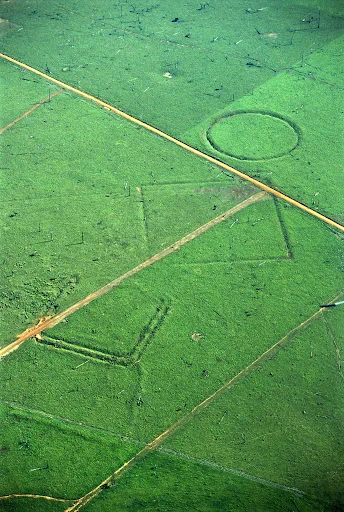 Sanna Saunaluoma (Wikimedia Commons)
Sanna Saunaluoma (Wikimedia Commons)Deforestation has revealed thousands of earthwork enclosures—ditches, causeways, and geometric figures—across western Amazonia. Dating shows many structures predate colonial contact, challenging older notions of a uniformly “untouched” rainforest. The communities that built them, their agricultural systems, and how these landscapes coordinated ritual and habitation are active research frontiers.
Poverty Point’s Massive Earthworks
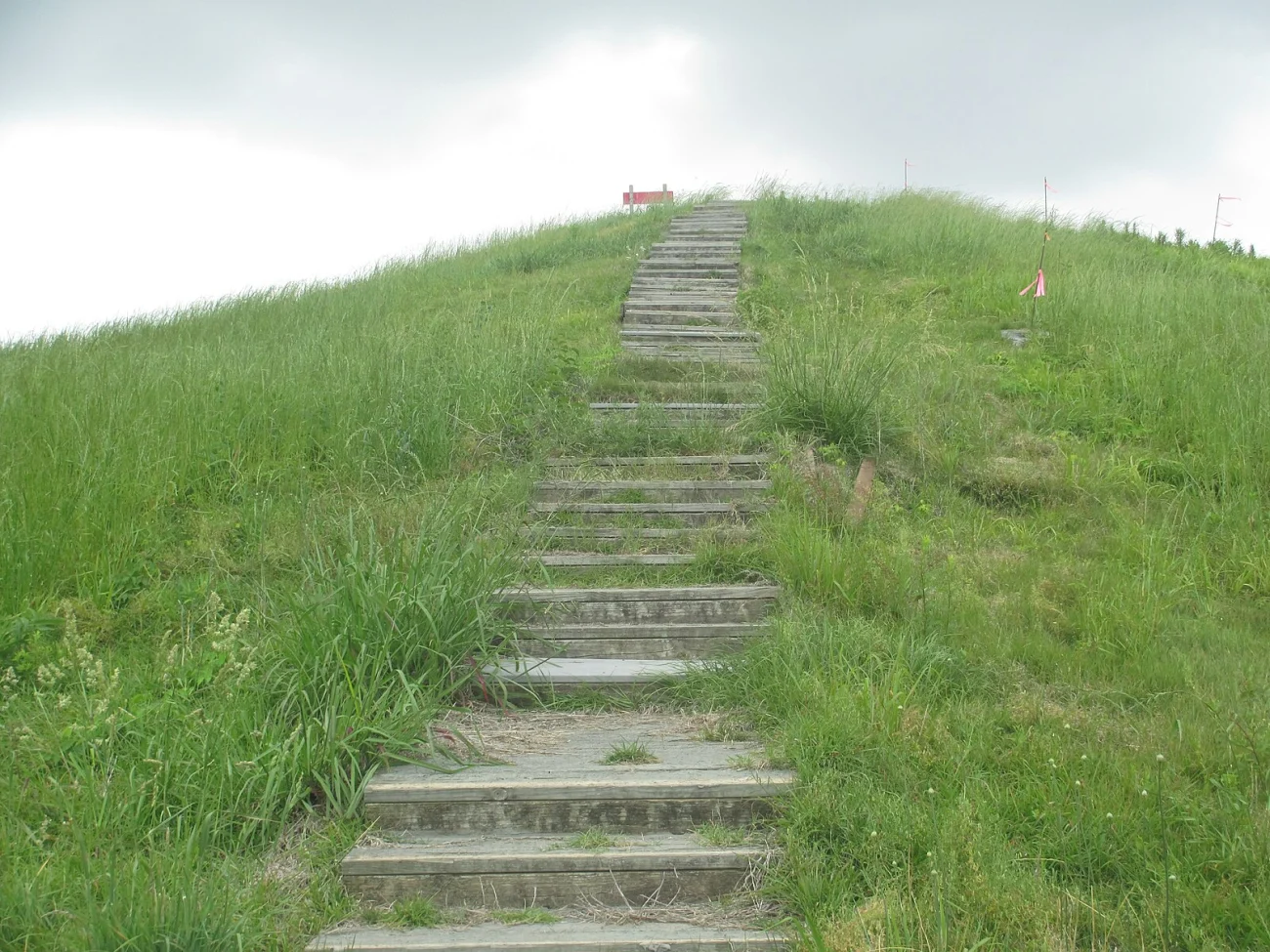 Billy Hathorn (Wikimedia Commons)
Billy Hathorn (Wikimedia Commons)In northeastern Louisiana, concentric C-shaped ridges and a giant bird-shaped mound were built during the Late Archaic period. Soil studies suggest rapid construction episodes, implying highly organized labor without later hallmarks of complex chiefdoms. Whether the complex was primarily a trade hub, ceremonial gathering place, or both is still under review.
Newark Earthworks, Ohio
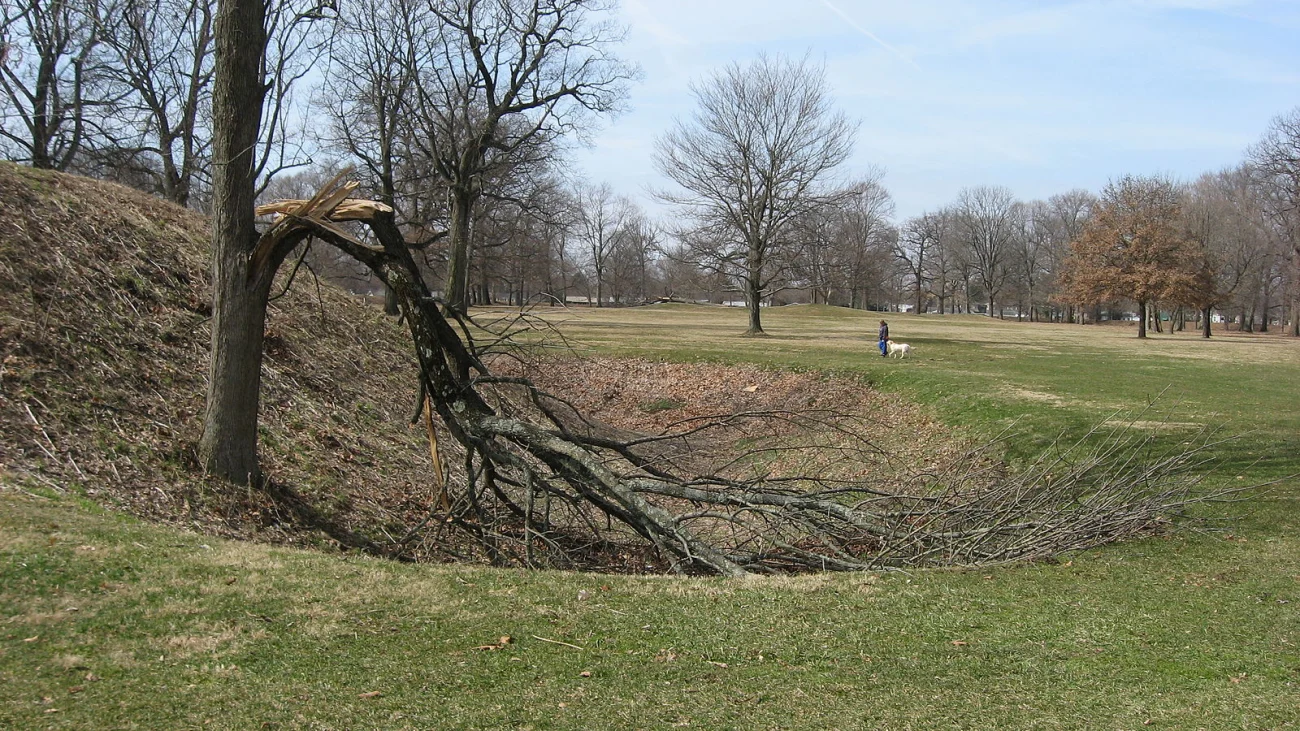 Nyttend (Wikimedia Commons)
Nyttend (Wikimedia Commons)The Newark complex includes an enormous Octagon Earthwork and circular enclosures connected by broad avenues. Surveying reveals precise geometry and alignments to lunar standstills over an 18.6-year cycle, indicating sophisticated observational knowledge. The full ceremonial program, scheduling of events, and how these alignments structured social life are not completely known.
Monte Albán’s Orientation and “Danzantes”
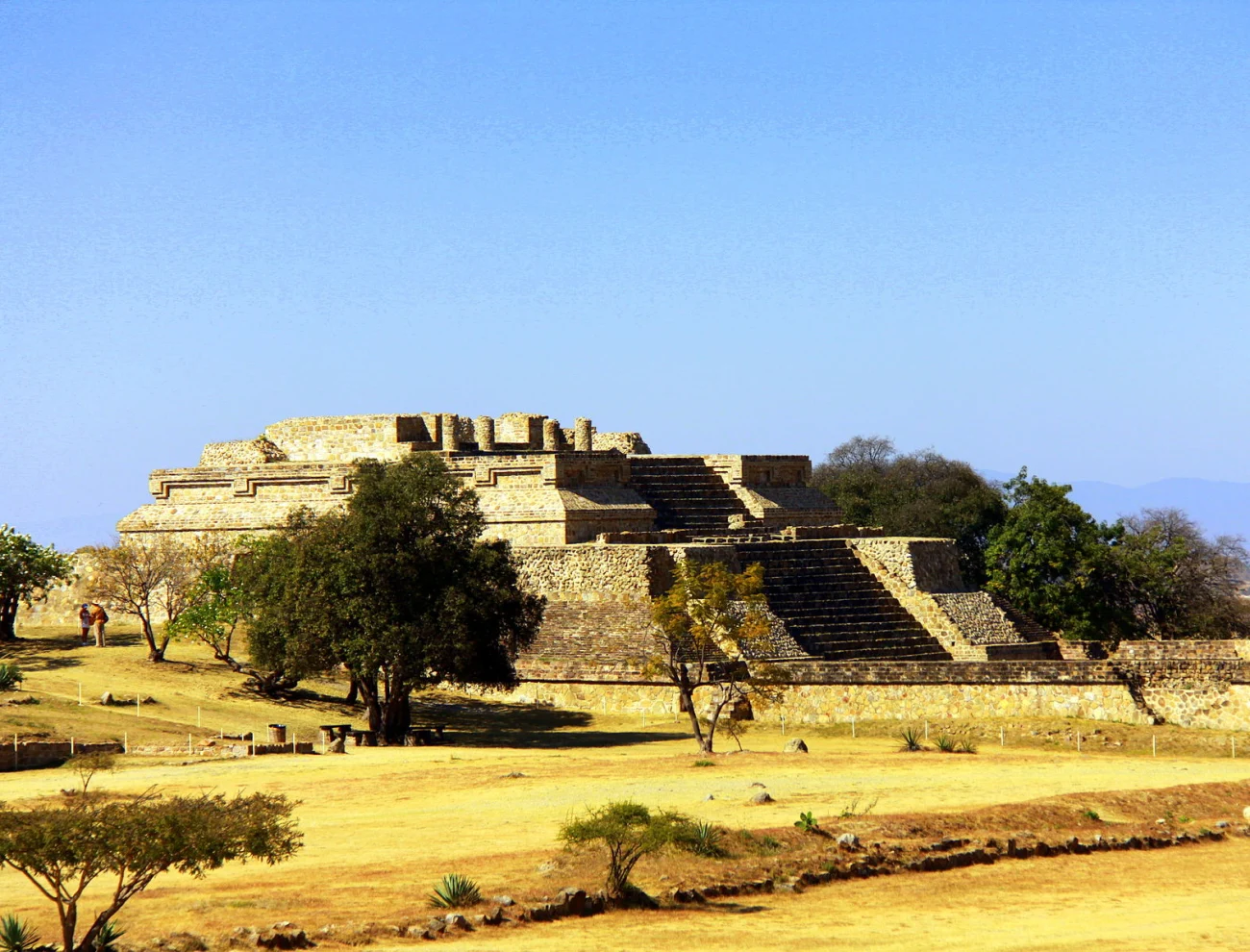 nsaum75 !Dígame¡ (Wikimedia Commons)
nsaum75 !Dígame¡ (Wikimedia Commons)High above Oaxaca Valley, Monte Albán’s main plaza and buildings follow orientations that appear to encode astronomical and topographic references. Early carved slabs—often called “Danzantes”—depict contorted human figures whose identities and purpose are debated, ranging from captives to ritual personages. Why the city’s influence rose and then waned, and how its calendar-astronomy shaped politics, remain open questions.
L’Anse aux Meadows and Norse Reach
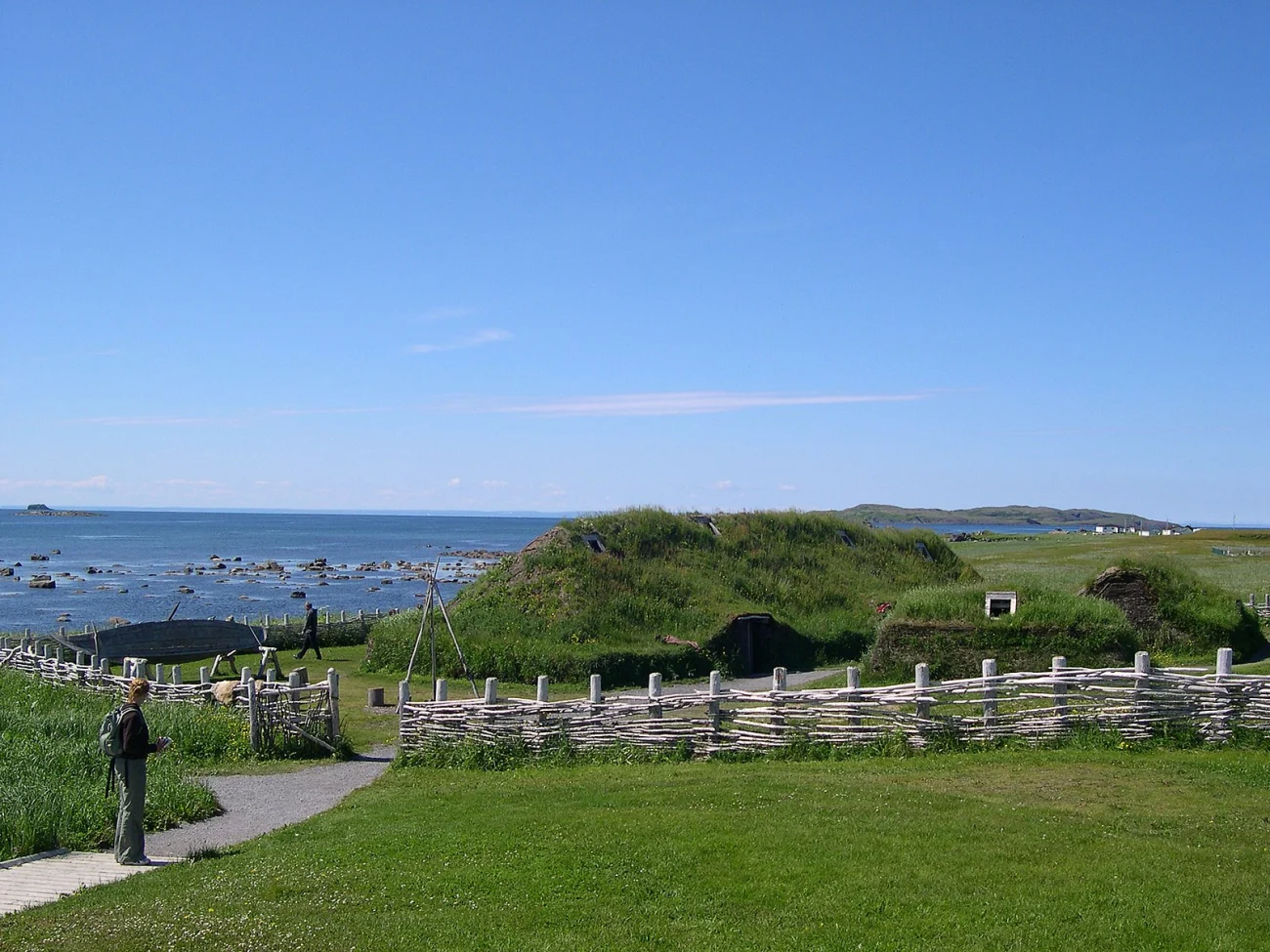 Dylan Kereluk (Wikimedia Commons)
Dylan Kereluk (Wikimedia Commons)On Newfoundland’s tip, L’Anse aux Meadows preserves Norse-style halls, workshops, and evidence of boat repair. Archaeology confirms transatlantic contact, yet the scale, duration, and seasonal patterning of voyages remain uncertain. The extent of exploration beyond the site and the nature of encounters with Indigenous peoples are still being pieced together from limited artifacts and environmental clues.
Share your favorite theory—or a site we missed—in the comments!

.jpeg)

























.jpeg)











 English (US) ·
English (US) ·